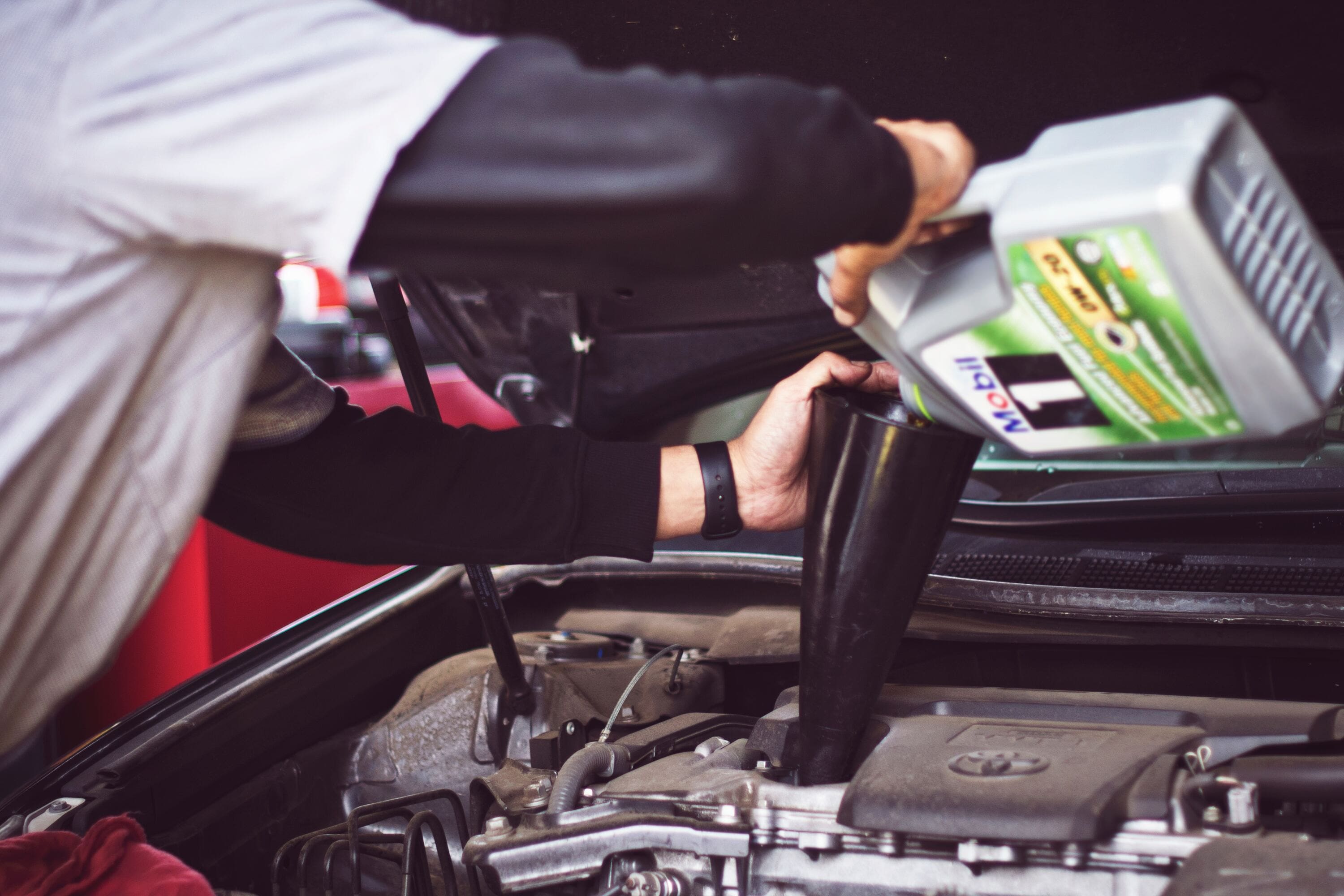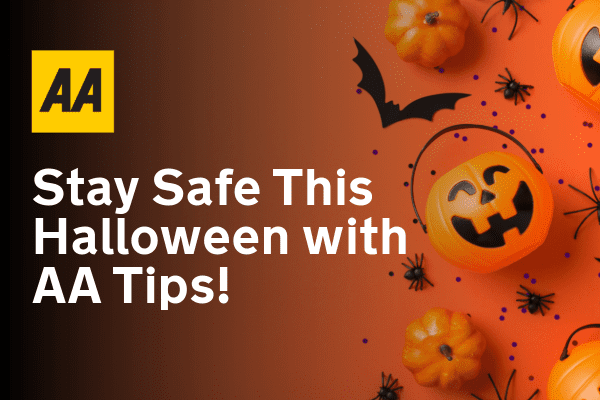Checking the oil level in your car is one of those things we all should know how to do easily. It’s one of the only things we learn about what goes on under the bonnet when we’re learning to drive, but it is common to be unsure as it’s something you only tend to think about when it could be a problem.
Much like our experience helping Irish drivers get back on the road, let’s lay out some practical advice on checking the oil level in your car and what potential issues to look out for.
Getting ready to check your oil level
You don’t want to come into a simple task with good intentions and come away with hands covered in oil. If you’re going to check the oil, before grabbing the dipstick, make sure to:
- Get kitchen roll or used cloth. Have something you don’t mind getting oil or dirt on, as you’ll need to wipe the dipstick.
- Have gloves handy. A decent pair of disposable gloves or marigolds from under the sink will help you keep your hands clean.
- Have a funnel. If you find out you have to top the oil up, when buying your oil, buy a cheap plastic funnel too, this will prevent spills.
Knowing what oil to buy
Walking into a shop and being met with dozens of motor oil options can be slightly overwhelming. The two easiest ways to figure out what oil you can use are:
- Look in your car’s handbook. It should tell you what grade/engine code you have, which helps you pick the right bottle
- If you can’t find your handbook, use an online checker like Halfords, where you enter your registration, and it will tell you what products work best.
Just before checking the oil
One very important thing to do before checking your car is to have it parked flat and work with a cold engine. If you’ve driven 15-20 to a shop to get the oil, give the car 10 minutes at least to cool down. And always make sure the engine is off.
Checking your oil level correctly
When you have everything in place, gently remove the dipstick. Most have coloured handles and should be pulled out in a gentle enough motion to prevent any shaking/splattering oil on you.
Take your kitchen roll or cloth and wipe the dipstick. You’ll see either measurements like a ruler or two lines etched into the dipstick. These indicate the top and bottom levels of the oil.
Pop the dipstick back in and then pull it out to see where the line is (this is why it is important to park flat).
What am I looking for when checking my dipstick?
If the line you’ve got from your dipstick is halfway or closer to the top line, your oil is fine. If your oil line is just under halfway, you’ll want to top up a little bit. If your line is close to the bottom, you’ll have to top up.
Topping up the oil in your engine
This is where you should get your funnel and pop it in. Don’t pour the whole bottle in. Wherever your line was, you essentially want to fill the gap by emptying your bottle to a similar level.
If you’re not 100% sure how much to put in, do it in small increments, give the oil 15 minutes to settle, and check again. And don’t overfill the engine, as it can cause pressure issues like engine overload.
Know you’ll be using the car more now that the kids are back to school?
If the change in the seasons becomes the time of year that parents become unofficial taxi drivers for the rest of the family, you’ll probably want to double-check that everything in your car is in good order. Read our 5 Essential Back-to-School Car Checks for practical advice.










